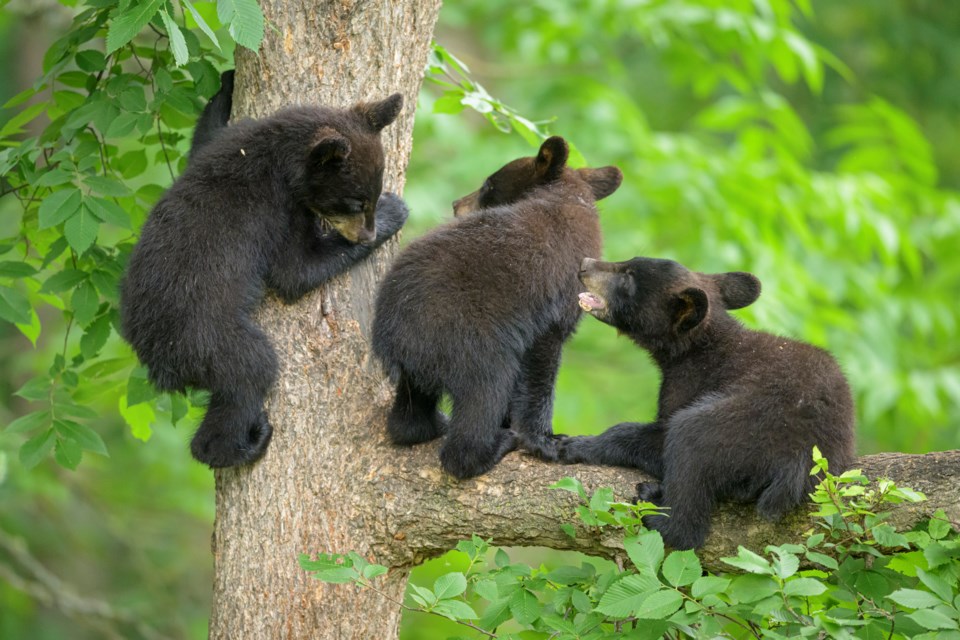It’s the time of year when bears leave their dens in search of food, and the Saskatchewan government is officially cautioning residents to take precautions to avoid potentially unsafe interactions — for the sake of the bears and the people.
"Remember, Saskatchewan is bear country," said Dana Skoropad, Saskatchewan minister of environment. "Bears and other wildlife are a natural part of our landscape. Taking some simple, proactive steps can help protect us and the bears from potential conflicts."
Black bears are found throughout most of the province. Although they are most commonly spotted in northern Saskatchewan forests, their range extends southward into the aspen parkland and into other areas including the Touchwood Hills, the Qu'Appelle Valley, and the South Saskatchewan River Valley.
Black bears are typically shy, non-confrontational herbivores who avoid people if at all possible. There are no documented instances of black bears actively predating humans. Rare confrontations are usually a matter of food, surprise, or accidentally getting between a mother and her cubs.
However, all animals have the potential to be dangerous under threatening circumstances. Black bears can sprint up to 50 kilometres per hour and are such agile tree climbers that they can run straight up the side of a tree when spooked — or if there is a bee hive full of honey. Do not run from black bears — stand your ground, make yourself look as big as possible, including by grouping together with other people (don’t hike solo), make noise, and if the confrontation becomes physical, fight back.
Grizzly bears are much larger and more aggressive. In the case of a grizzly bear confrontation, do not run and do not fight — lie down and play dead (no noise, no movement) to reduce the threat you pose. Grizzlies do not eat humans and will almost always leave if they do not feel threatened.
If carrying bear spray, remember it will not disable the bear and should not used at close range — or it may disable its user instead. Aim the spray at least 20 feet away, between the user and the bear, and back away slowly. Be very mindful of the wind direction. If the bear approaches, the irritant will act as a barrier to help persuade the animal that the encounter is not worth its time.
Bears become a nuisance and a threat to public safety when they associate humans with their food source. Some items that can attract bears include pet food, household waste, and overloaded compost bins. Removing these and other attractants will reduce the chance of an unwanted backyard visitor.
Provincial regulations prohibit the feeding of bears, wolves, cougars, and coyotes. This regulation does not apply to landfills or hunters and trappers operating under a licence.
Steps for bear-proofing yards include:
- Storing garbage in secure buildings or a bear-resistant container. In bear-rich areas, garbage should only be put out on collection day.
- Washing all recycling items and regularly cleaning garbage or recycling bins.
- Ensuring pet food is stored where it is not accessible to wildlife.
- Only using bird feeders in the winter while bears hibernate.
- Never adding fish, meat, fats, oils, unrinsed eggshells, and cooked foods to compost bins.
- Properly cleaning barbecues after each use.
If a bear or other wildlife is posing an imminent risk to human safety, call 911. To report an encounter with aggressive wildlife, call the Turn in Poachers and Polluters (TIPP) line at 1-800-667-7561. To report concerns about nuisance wildlife, including bears, call the Ministry of Environment at 1-800-567-4224 or email [email protected].
Additional information about bears and bear safety is available at saskatchewan.ca/wildlife-issues.




